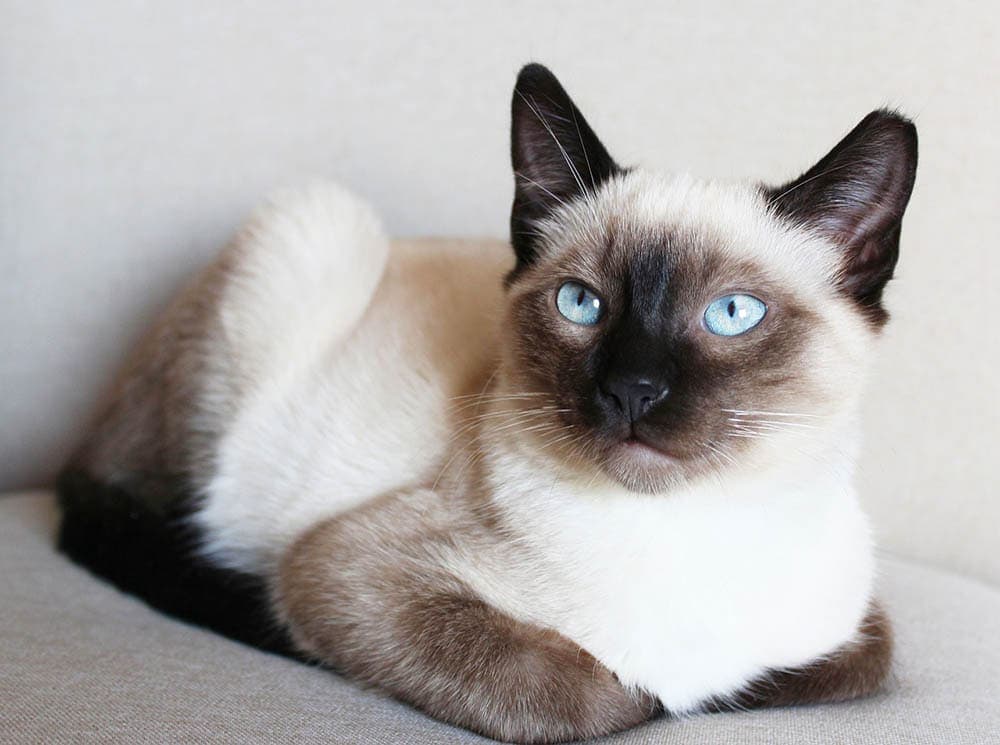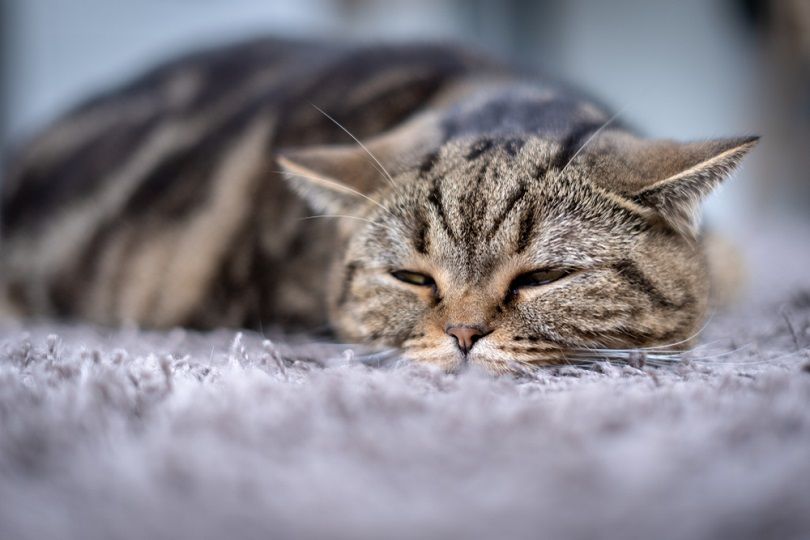Are Siamese Cats Hypoallergenic? Vet-Approved Facts & FAQ
Updated on

If you have cat allergies but love cats, you may be interested in finding a hypoallergenic cat. These cats are often described as solid options for those with allergies. However, the science is often much more complicated than that. There are many misconceptions surrounding hypoallergenic animals in general, which is often made more complicated by some companies marketing their pets as hypoallergenic.
Siamese cats are sometimes grouped in the hypoallergenic category because they are thought to shed less than other cats. However, this isn’t necessarily the case. Siamese cats shed just as much as any other feline. Their hair is simply smaller and finer than other cat’s fur, so it may appear that they shed less.
However, as we’ll discuss, it doesn’t matter how much Siamese cats shed at all.
What Is the Science Behind Hypoallergenic Cats?
When someone has a cat allergy, they are reacting to the proteins the cats create that are distributed along their saliva, skin, and urine. A major protein with regards to cat allergies is known as Fel d1, which is produced primarily by your cat’s skin. Additionally, cats also naturally produce dander, which is a microscopic composition of bits of dead skin that they shed throughout their life.
All cats have these proteins and produce dander. Dander traps these proteins and releases them around your house as your cat naturally sheds. You aren’t going to find a protein-less cat. Therefore, there isn’t really any such thing as a hypoallergenic cat (or dog).
The amount of fur a cat has doesn’t have anything to do with whether there are hypoallergenic or not. Those with allergies aren’t allergic to a cat’s fur; they’re allergic to specific proteins their cat produces that get mixed with their dander. Any cat that has skin and makes dander will set off someone’s allergies. There is currently no cat that doesn’t produce dander.
Fur can work to spread the dander around. It may help it stay airborne. However, dander does a pretty good job at this itself, so it often doesn’t need the loose fur to cause allergens. In fact, the protein that causes cat allergies is found just about everywhere, including places that don’t even have cats, like schools and stores. The dander likely catches a ride on people’s clothing and is then deposited into the environment. Dander is extremely small, even smaller than dust particles; therefore, we can’t see it around us. The hair itself isn’t important in this process.

Can You Make a Siamese Cat Hypoallergenic?
No. There is nothing you can do to make a feline hypoallergenic. All cats are going to create dander and will continue to cause allergies. However, there are several strategies that you can take to reduce the amount of dander in your home, which may help with allergies.
While the most effective method for reducing allergies in cases of severe reactions is to remove the pet from the environment, this is commonly not done by pet owners with manageable allergy levels. Most who develop pet allergies look for other ways of reducing their symptoms without leaving their pet.
Many people implement extensive cleaning schedules, as this is the best way of controlling allergens that cause an allergic reaction. Because allergies are often caused by allergens that are already in the environment, removing these allergens can be extremely helpful. The cat can only produce dander so fast. The main problem is the dander that they have produced building up in your house.
- Regularly clean and wipe down surfaces, such as walls, counters, tabletops, and baseboards.
- Consider investing in an upholstery vacuum with a HEPA filter. Vacuum thoroughly around the house at least once or twice a week.
- Replace any carpets in your house with smooth flooring wherever possible. Carpets are the primary “reservoirs” of allergens in your home and contain far more allergens than smooth surfaces such as tile, wood, or linoleum.
- Professional steam cleaning is recommended for carpets that can’t be replaced.
- A HEPA air filter is your best friend if you find yourself suffering from cat allergies.
- It’s always a good idea to establish a cat-free zone or area in your house where your cat isn’t allowed.
- Since pet dander is on your clothing and other fabrics, like your sheets, pillows, cat beds, and blankets, frequent laundry washes will remove quite a large amount of dander.
Bathing the cat may or may not be helpful. This is because your cat can return to producing the same number of allergens in as little as two days after being given a bath. Plus, bathing a cat is very difficult, so this often isn’t possible.
Final Thoughts
The Siamese doesn’t fit the typical definition of a “hypoallergenic” cat. They shed just as much as any other feline, though their shorter hair makes it less noticeable. They also produce the exact same type and amount of dander as any other cat breed, which means that they’ll produce the same level of allergy symptoms as any other feline.
In fact, there is no such thing as a hypoallergenic cat. All cats produce proteins that are potential allergens in their skin, saliva, and urine. Any of those could causes allergy symptoms. If you’re allergic to cats, don’t believe the advertising that any cat is hypoallergenic.
See Also:
- How Long Do Siamese Cats Live? (Average & Max Lifespan)
- Do Siamese Cats Shed? What You Need to Know!
Featured Photo Credit: Witsawat.S, Shutterstock















